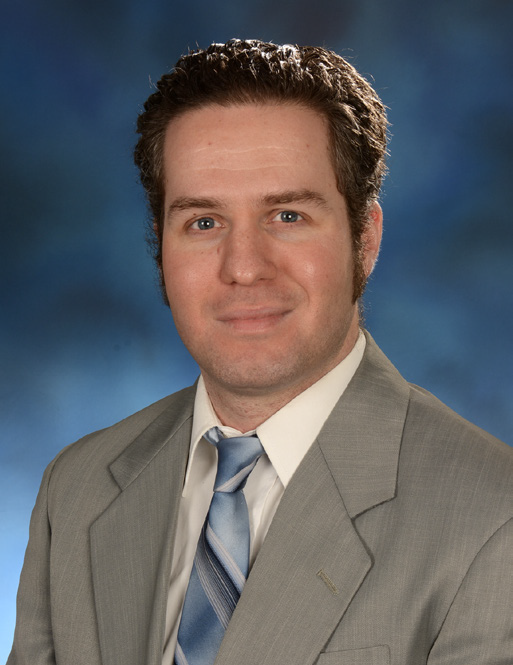
Dr. Kurt Piepenbrink
262 Food Innovation Center
Lincoln, NE 68588-6205
Lincoln, NE 68588-6205
We believe in the power of every person.
Faculty Profile
Research
The overall goal for my research program is to elucidate the molecular mechanisms by which bacteria interact with their surroundings, including host cells, other bacteria, abiotic surfaces and extracellular structures. In particular, we seek to explain the phenotypic differences between bacterial strains of similar genetic background; typically by comparing pathogenic bacteria to their commensal or environmental counterparts. My current focus is on Type IV filaments, a class of extracellular appendages common to a wide range of bacteria, both Gram-positive and Gram-negative. To these ends, we pursue a variety of objectives:
- Determining the high-resolution three-dimensional structures of the proteins and glycoproteins which make up extracellular assemblies.
- Using lower-resolution structural techniques in combination with molecular modeling to understand how subunits are assembled into extracellular superstructures.
- Identifying substrates for intermolecular interactions that underpin the adhesive activity of pili and other bacterial appendages.
- Elucidating the role of extracellular polymers, particularly protein fibers and polysaccharides, in promoting and stabilizing bacterial biofilms.
Education
- B.A. Chemistry & German Literature, The Johns Hopkins University
- Ph.D., Biochemistry, The University of Notre Dame
- Post Doc., Structural Biology, The University of Maryland School of Medicine
Teaching and/or Extension Activities
- Structural Biology
- Gut Microbiology
- Glycoproteins
- Biothermodynamics
- Molecular Modelling
Publications
- Motility and adhesion through type IV pili in Gram-positive bacteria. Piepenbrink KH, Sundberg EJ. Biochemical Society Transactions. 2016 Dec 15;44(6):1659-1666. Review. PMID: 27913675
- Structural Diversity in the Type IV Pili of Multidrug-resistant Acinetobacter. Piepenbrink KH, Lillehoj E, Harding CM, Labonte JW, Zuo X, Rapp CA, Munson RS Jr, Goldblum SE, Feldman MF, Gray JJ, Sundberg EJ.
Journal of Biological Chemistry. 2016 Oct 28;291(44):22924-22935. Epub 2016 Sep 15. PMID: 27634041 - Type IV pili promote early biofilm formation by Clostridium difficile. Maldarelli GA, Piepenbrink KH, Scott AJ, Freiberg JA, Song Y, Achermann Y, Ernst RK, Shirtliff ME, Sundberg EJ, Donnenberg MS, von Rosenvinge EC.
Pathogens and Disease. 2016 Aug;74(6). pii: ftw061. doi: 10.1093/femspd/ftw061. Epub 2016 Jun 30. PMID: 27369898 - Structural and evolutionary analyses show unique stabilization strategies in the type IV pili of Clostridium difficile. Piepenbrink KH, Maldarelli GA, Martinez de la Peña CF, Dingle TC, Mulvey GL, Lee A, von Rosenvinge E, Armstrong GD, Donnenberg MS, Sundberg EJ. Structure. 2015 Feb 3;23(2):385-96. doi: 0.1016/j.str.2014.11.018. Epub 2015 Jan 15. PMID: 25599642
- Structure of Clostridium difficile PilJ exhibits unprecedented divergence from known type IV pilins.
Piepenbrink KH, Maldarelli GA, de la Peña CF, Mulvey GL, Snyder GA, De Masi L, von Rosenvinge EC, Günther S, Armstrong GD, Donnenberg MS, Sundberg EJ. Journal of Biological Chemistry. 2014 Feb 14;289(7):4334-45. doi: 10.1074/jbc.M113.534404. Epub 2013 Dec 21. PMID: 24362261